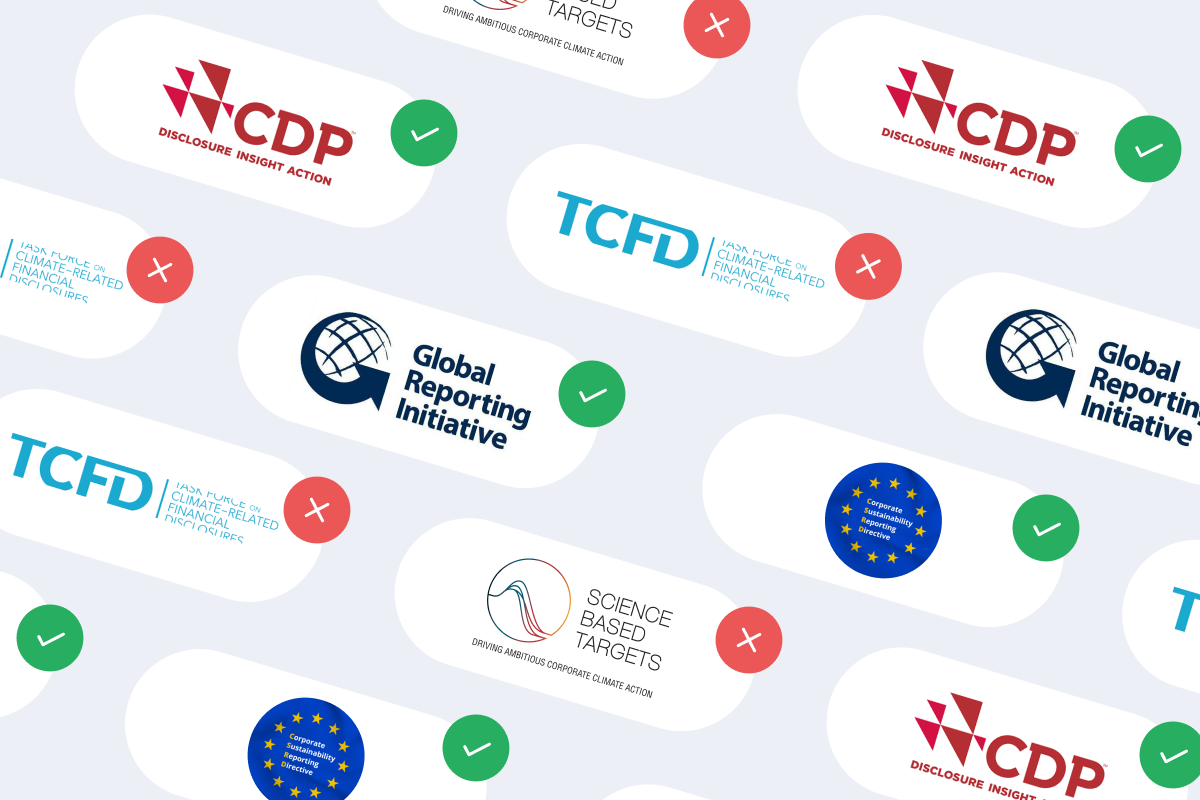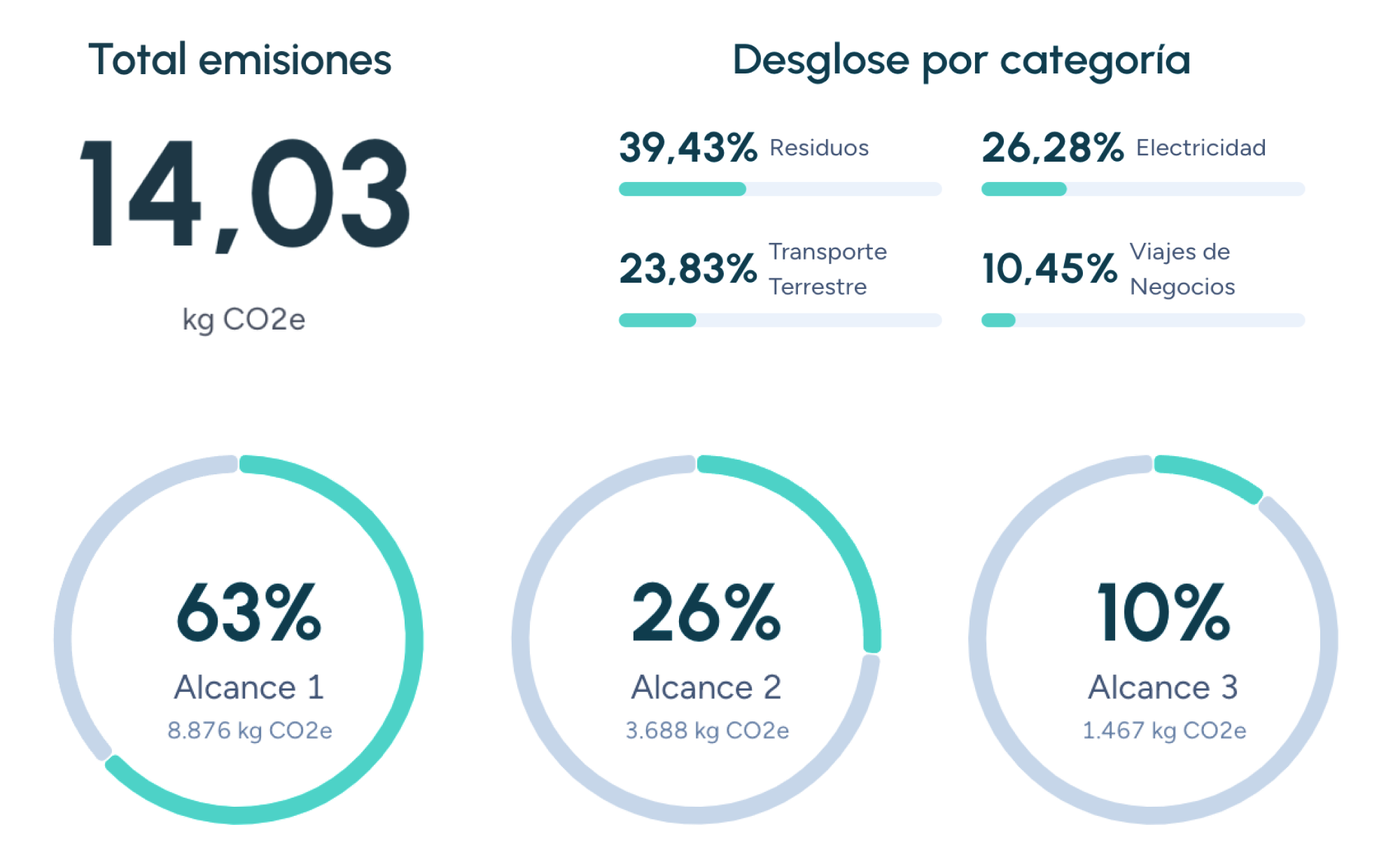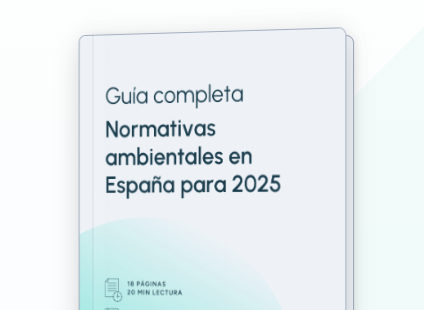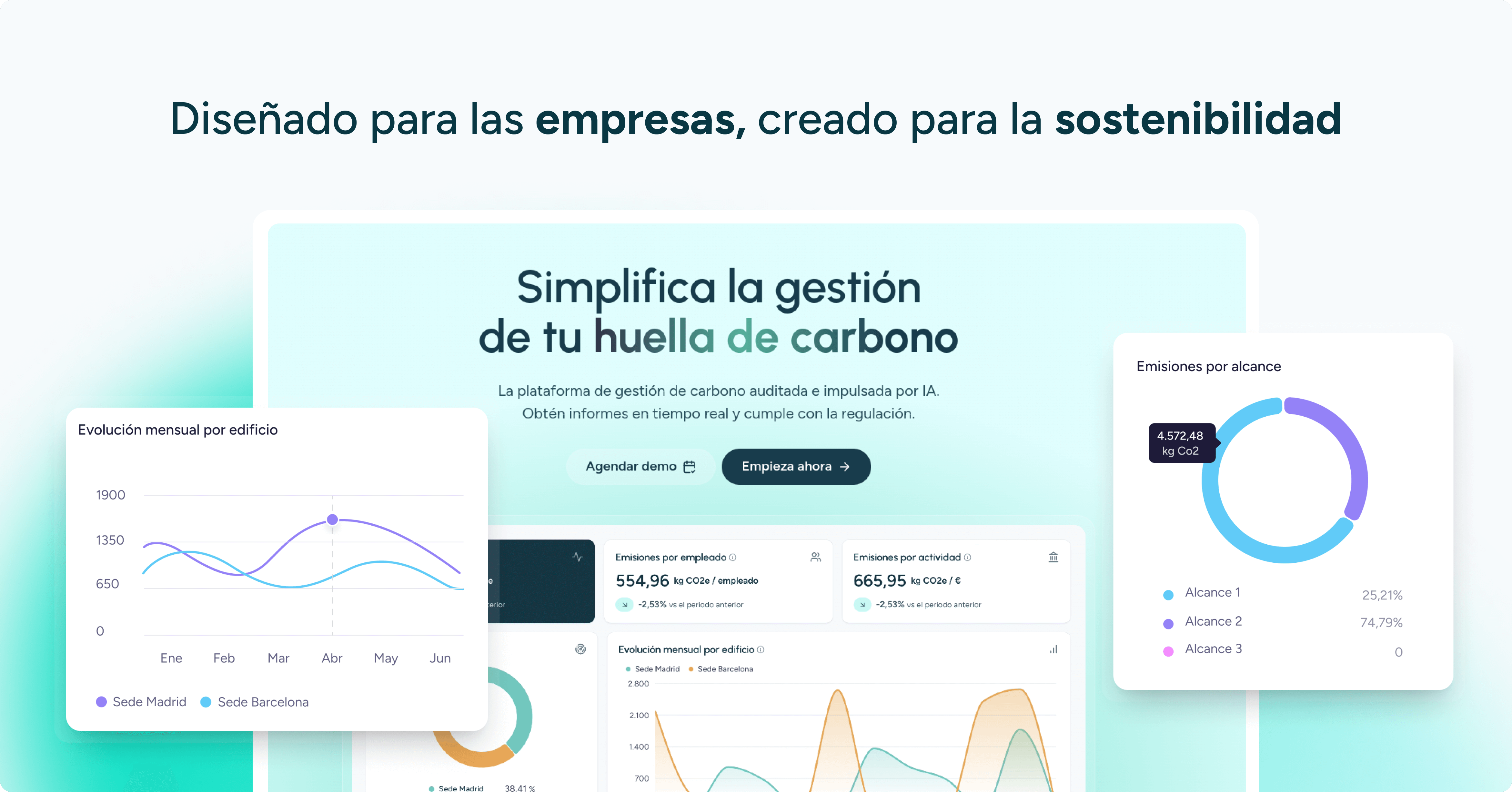Back to the blog
Life Cycle Assessment Methodology: A Guide to Evaluating Environmental Impact
Andrés Cester
CEO & Co-Founder
Life Cycle Assessment (LCA) has become the benchmark methodology for objectively and quantitatively evaluating the environmental impact of products, processes, and services across all stages—from raw material extraction to final disposal. This comprehensive approach makes it possible to identify critical points where the highest environmental burdens occur and to make informed decisions to optimize sustainability and resource efficiency.
In this article, we’ll explore the main methods and tools available for conducting an LCA, analyzing their features, advantages, and practical applications.
What methods are used to conduct an LCA?
LCA relies on internationally standardized methodologies, primarily ISO 14040 and ISO 14044, which define the principles, requirements, and guidelines for proper implementation. These standards ensure comparability and transparency across LCA studies.
Main Impact Assessment Methodologies
- ReCiPe: Translates inventory data into environmental impact indicators, such as climate change, human toxicity, and ecotoxicity.
- IMPACT World+: Evaluates impacts at both global and regional levels, considering factors such as resource depletion and ecosystem quality.
- Product Environmental Footprint (PEF): A methodology developed by the European Union for product-level environmental assessments based on LCA principles.
Impact Methods: Which one to choose and why
- ReCiPe 2016 Midpoint: Offers 18 impact categories and includes human toxicity and land use. Recommended by the European LCA Network.
- Environmental Footprint 3.1: The official method of the European Commission; facilitates comparability between Environmental Product Declarations (EPDs).
- TRACI 2.2: Developed by the U.S. EPA; ideal for projects with a U.S. focus.
Common barriers and practical solutions
- Lack of supplier data: Include data-sharing clauses in procurement contracts.
- Software complexity: Start with “black box” models and refine layer by layer.
- License costs: Use OpenLCA with targeted paid modules; they pay off after your first full LCA.
Step-by-step LCA process
- Define goals and scope: Determine the purpose of the assessment and system boundaries.
- Collect inventory data: Use integrated databases, such as those provided in Manglai’s software.
- Select the impact assessment method: Choose between ReCiPe, IMPACT World+, PEF, etc.
- Model the life cycle in software: Input your data and model the involved processes.
- Interpret the results: Identify environmental hot-spots and improvement opportunities.
- Communicate the results: Create clear and transparent reports for stakeholders.
Case studies and testimonials
At Manglai, clients in the agri-food sector have reduced their carbon footprint by 18% after implementing recommendations from an LCA study.
Best practices to save time and reduce errors
- Define system boundaries using a flowchart from day one.
- Prioritize primary data for the processes responsible for 70% or more of the impact.
- Verify with an “energy balance”—the difference between energy inputs and outputs should not exceed 5%.
FAQs about LCA Methods and Tools
Which method does ISO 14044 require?
The standard doesn’t mandate a specific method, but both ReCiPe and EF meet its requirements.
Can I use only secondary data?
Yes, but uncertainty may exceed 20%. For public EPDs, at least 50% primary data is typically required.
How can I link water footprint and LCA?
Use ReCiPe’s water module or add the specific calculation method from our article on the Blue Water Footprint.
Do I need technical experience to use these tools?
Yes, advanced software requires training, though more accessible options like simplified calculators exist.
Can I perform an LCA without specialized software?
Only for very basic estimations. For accurate and comparable results, software is essential.
Andrés Cester
CEO & Co-Founder
About the author
Andrés Cester is the CEO of Manglai, a company he co-founded in 2023. Before embarking on this project, he was co-founder and co-CEO of Colvin, where he gained experience in leadership roles by combining his entrepreneurial vision with the management of multidisciplinary teams. He leads Manglai’s strategic direction by developing artificial intelligence-based solutions to help companies optimize their processes and reduce their environmental impact.
Content
Companies that already trust manglai
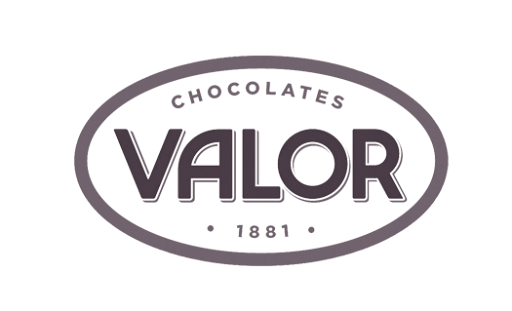


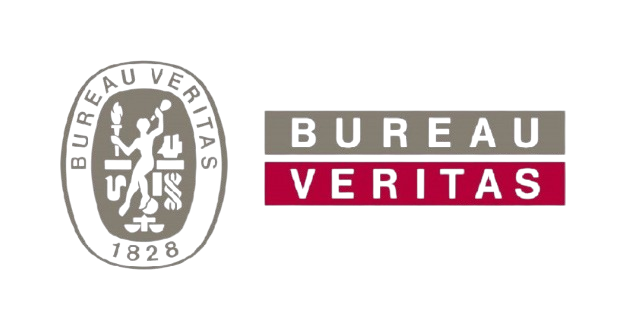

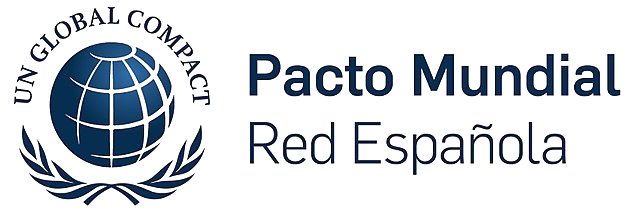








Real Decreto 1055/2022: Key aspects of EPR for commercial and industrial packaging in Spain
Discover how to comply with Real Decreto 1055/2022 and apply Extended Producer Responsibility (EPR) to commercial and industrial packaging.
20 October, 2025
Direct vs. Indirect Environmental Impact in Environmental Analysis: What’s the Difference?
Understand the distinction between direct and indirect impact in environmental analysis.
16 July, 2025
Environmental Transparency in Products: How to Communicate Sustainability for Responsible Consumption
Learn how product transparency drives sustainability and informed choice.
14 July, 2025
Guiding businesses towards net-zero emissions through AI-driven solutions.
© 2025 Manglai. All rights reserved
Política de Privacidad